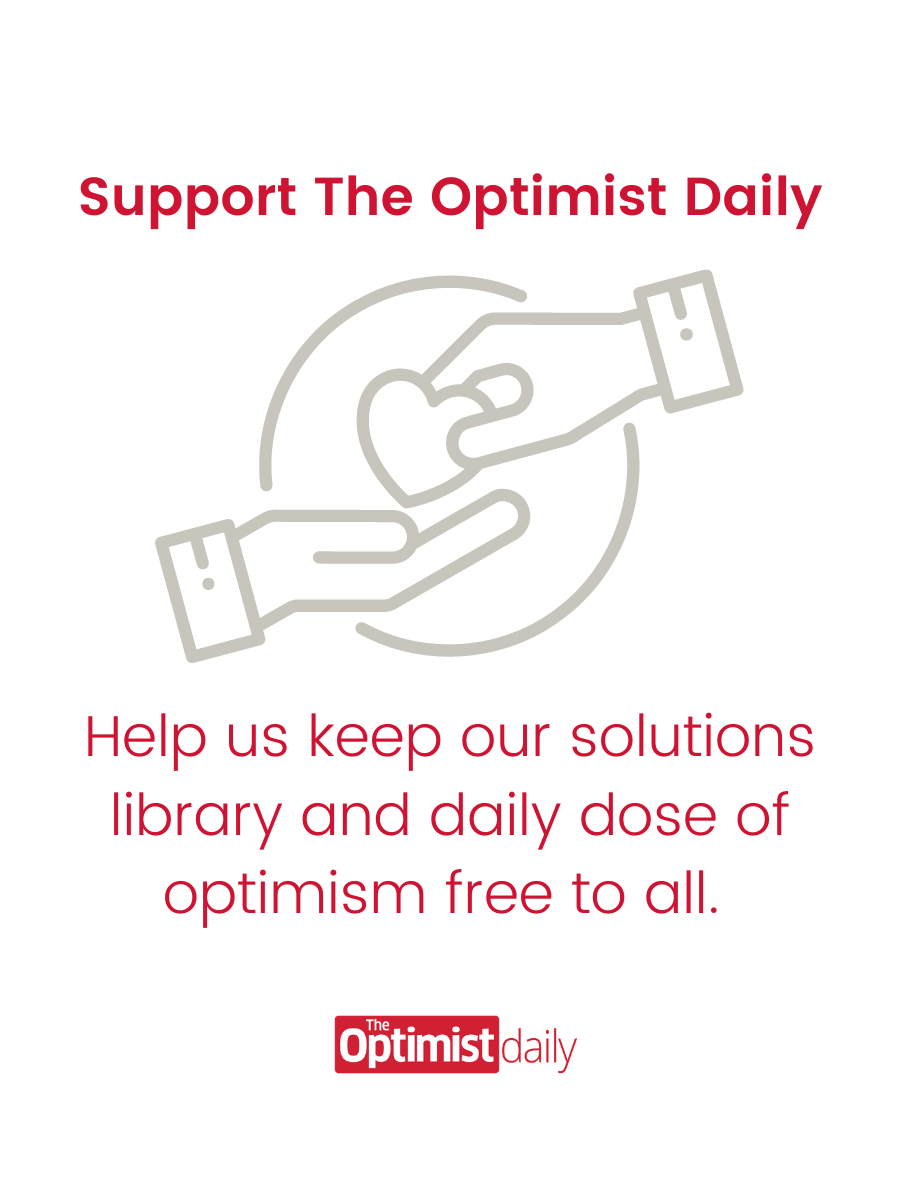For years, chemist Lee Cronin of the University of Glasgow has dreamed of a future where researchers can distribute and produce molecules as easily as they email and print PDFs. That future has arrived thanks to Cronin and his colleagues, who have designed a system of chemical computers or ‘chemputers” that uses special software to take academic chemistry papers and translate them into recipes for molecules that a robot can understand.
In essence, the system can read academic papers and produce the molecules described in them. The Cronin team hopes their work will enable what they describe as “Spotify for chemistry”— an online repository of downloadable recipes for important molecules that they say could help developing countries more easily access medications, enable more efficient international scientific collaboration, and even support the human exploration of space.
“The majority of chemistry hasn’t changed from the way we’ve been doing it for the last 200 years. It’s very manual, artisan-driven process,” says Nathan Collins, the chief strategy officer of SRI Biosciences, a research company working on another automated chemistry system that’s not involved in Cronin’s research.
One of the incredible aspects of the software underpinning the chemputers is that they can turn academic papers into executable programs that researchers can edit without learning to code. This feature lets researchers operate the machine with little training, and, crucially, harness their chemistry expertise to spot bugs in the code, thus opening up new possibilities to chemists everywhere.
Looking at today’s world, chemputers can have an immediate impact. Back in June, the US purchased the vast majority of the world’s supply of remdesivir—an FDA-approved antiviral treatment for Covid-19–for July through September. Gilead, the company making the compound, said it would be able to meet international demand for remdesivir by the end of October. But with chemputers, there doesn’t need to be such a reliance on Gilead alone. The digital instructions for producing the nearly 400-atom molecule that makes up remdesivir is freely available online, and with a chemputer, it is possible to easily execute the code and manufacture the molecules.
Want to take a deeper dive into the digital breakthrough that could revolutionize the drug industry? Look no further than right here.












